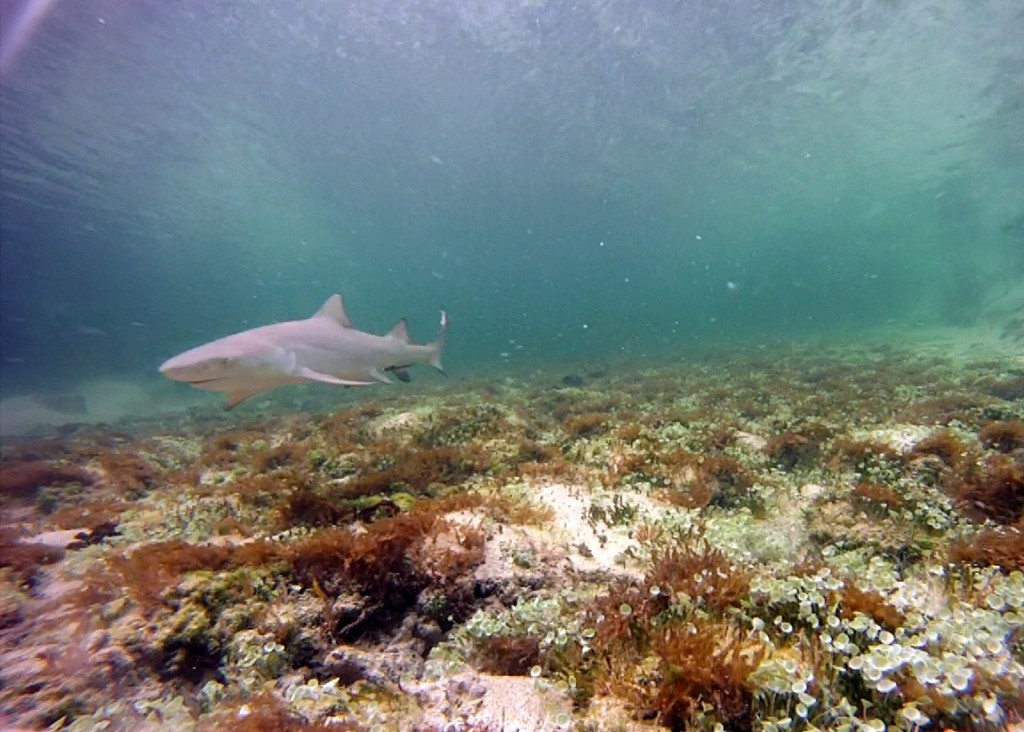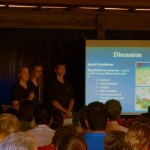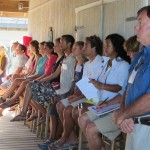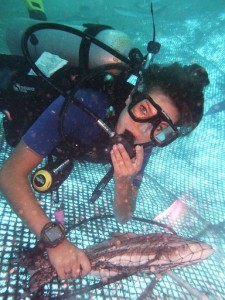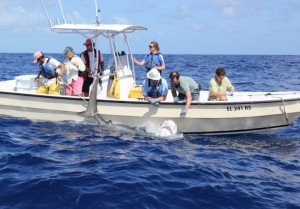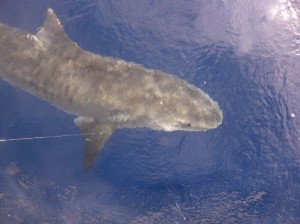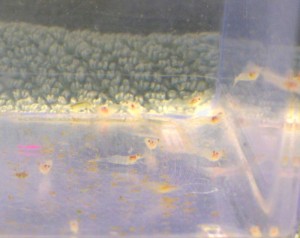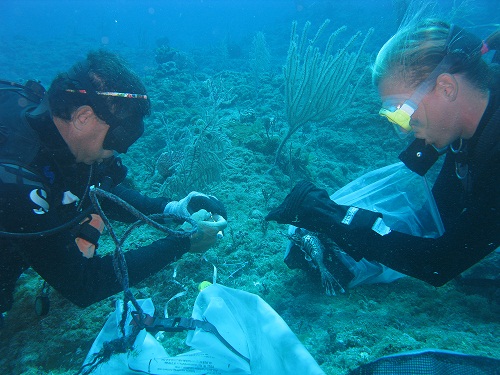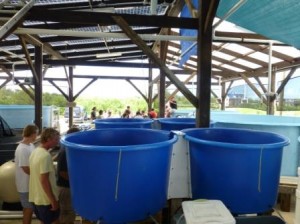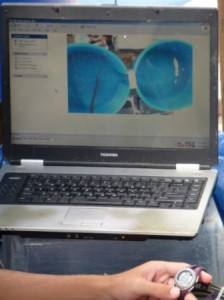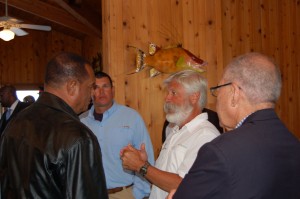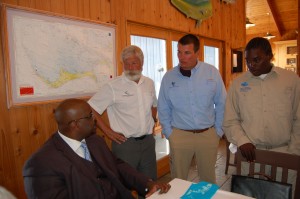This past Saturday, December 1st, marked CEI’s 28th Research Symposium. During the Symposium, Island School students got the chance to showcase the culmination of a semester’s worth of research to a large audience. Visiting scientists, local community members, government officials, and representatives of Bahamian NGOs were all present for the event. The list of guests included members of REEF, BREEF, Friends of the Environment, Community Conch, The Nature Conservancy, Bahamas National Trust (BNT), and Fisheries Conservation Foundation. We also had the Honorable Kendred Dorset, Minister of The Environment and Housing, as our keynote speaker! 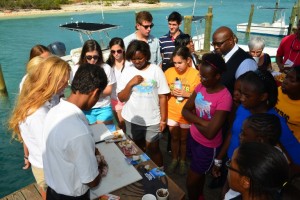 There were presentations on topics ranging from queen conch conservation and the lionfish invasion to the effects of climate change on bonefish and sea turtle habitat use. Students gave presentations, followed by poster sessions, where visitors had one on one time with the research groups to ask questions on the projects and their larger implications.
There were presentations on topics ranging from queen conch conservation and the lionfish invasion to the effects of climate change on bonefish and sea turtle habitat use. Students gave presentations, followed by poster sessions, where visitors had one on one time with the research groups to ask questions on the projects and their larger implications.
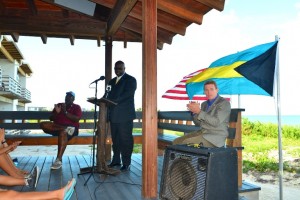
The symposium allowed a chance for guests to learn about the great work being done at CEI. After the poster sessions, the students got a chance to hear from some prominent guest speakers. Eric Carey, Executive Director of BNT, encouraged the students and audience members to stay passionate in their goals of marine conservation and sustainable living. Dr. Sandy Mactaggart, Chancellor Emeritus at the University of Alberta, then spoke, telling an inspiring story to the students to emphasize the importance of innovation in problem-solving, a skill that students acquire in their semester at The Island School. Continue reading →




 by
by 
